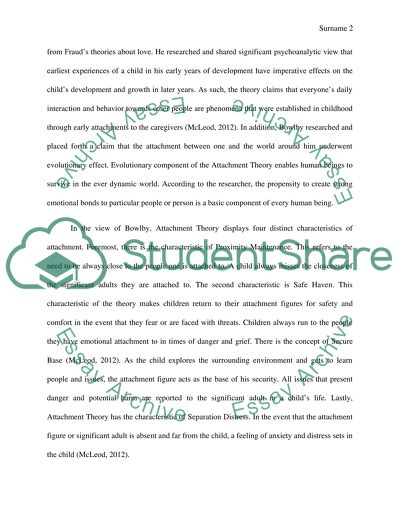Cite this document
(“The influence of attachment theory on my practice Essay”, n.d.)
The influence of attachment theory on my practice Essay. Retrieved from https://studentshare.org/education/1490616-the-influence-of-attachment-theory-on-my-practice
The influence of attachment theory on my practice Essay. Retrieved from https://studentshare.org/education/1490616-the-influence-of-attachment-theory-on-my-practice
(The Influence of Attachment Theory on My Practice Essay)
The Influence of Attachment Theory on My Practice Essay. https://studentshare.org/education/1490616-the-influence-of-attachment-theory-on-my-practice.
The Influence of Attachment Theory on My Practice Essay. https://studentshare.org/education/1490616-the-influence-of-attachment-theory-on-my-practice.
“The Influence of Attachment Theory on My Practice Essay”, n.d. https://studentshare.org/education/1490616-the-influence-of-attachment-theory-on-my-practice.


